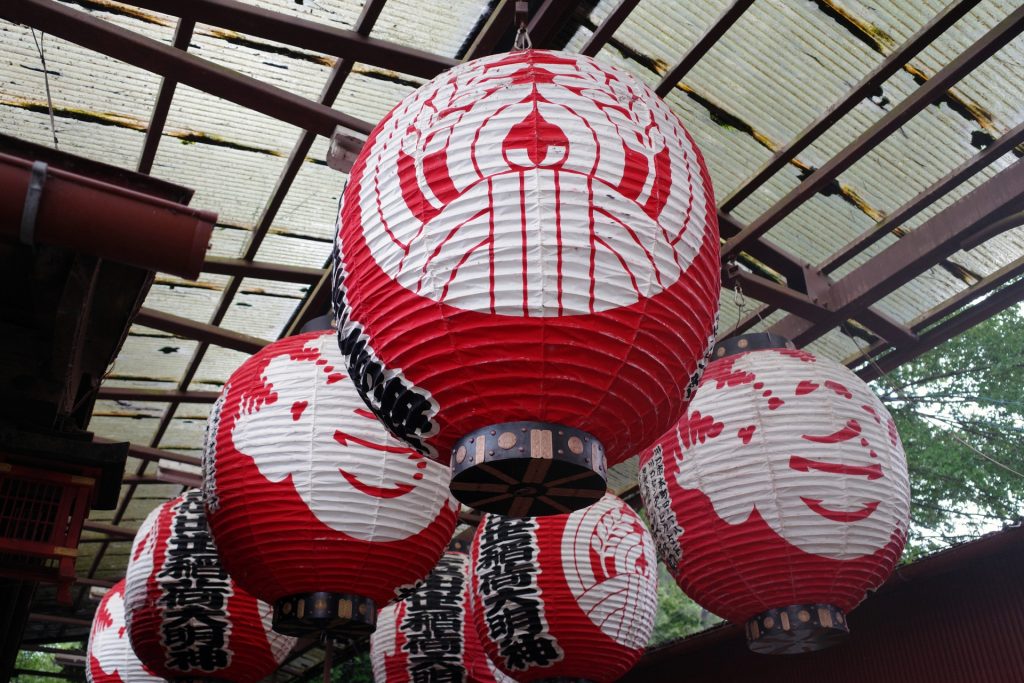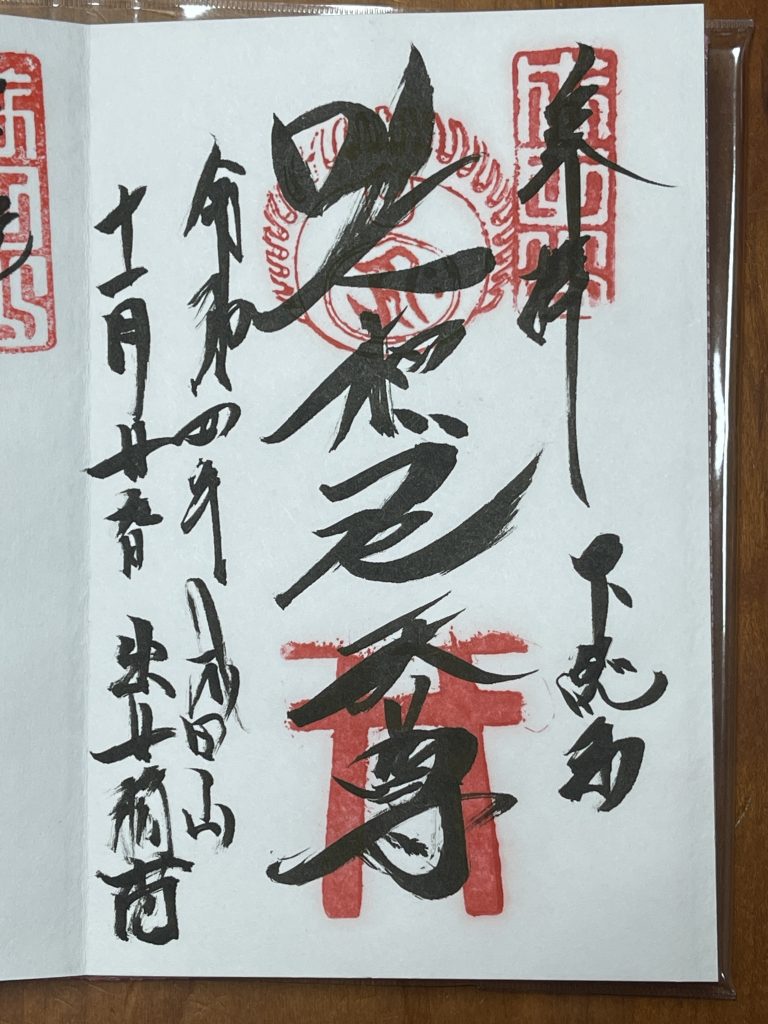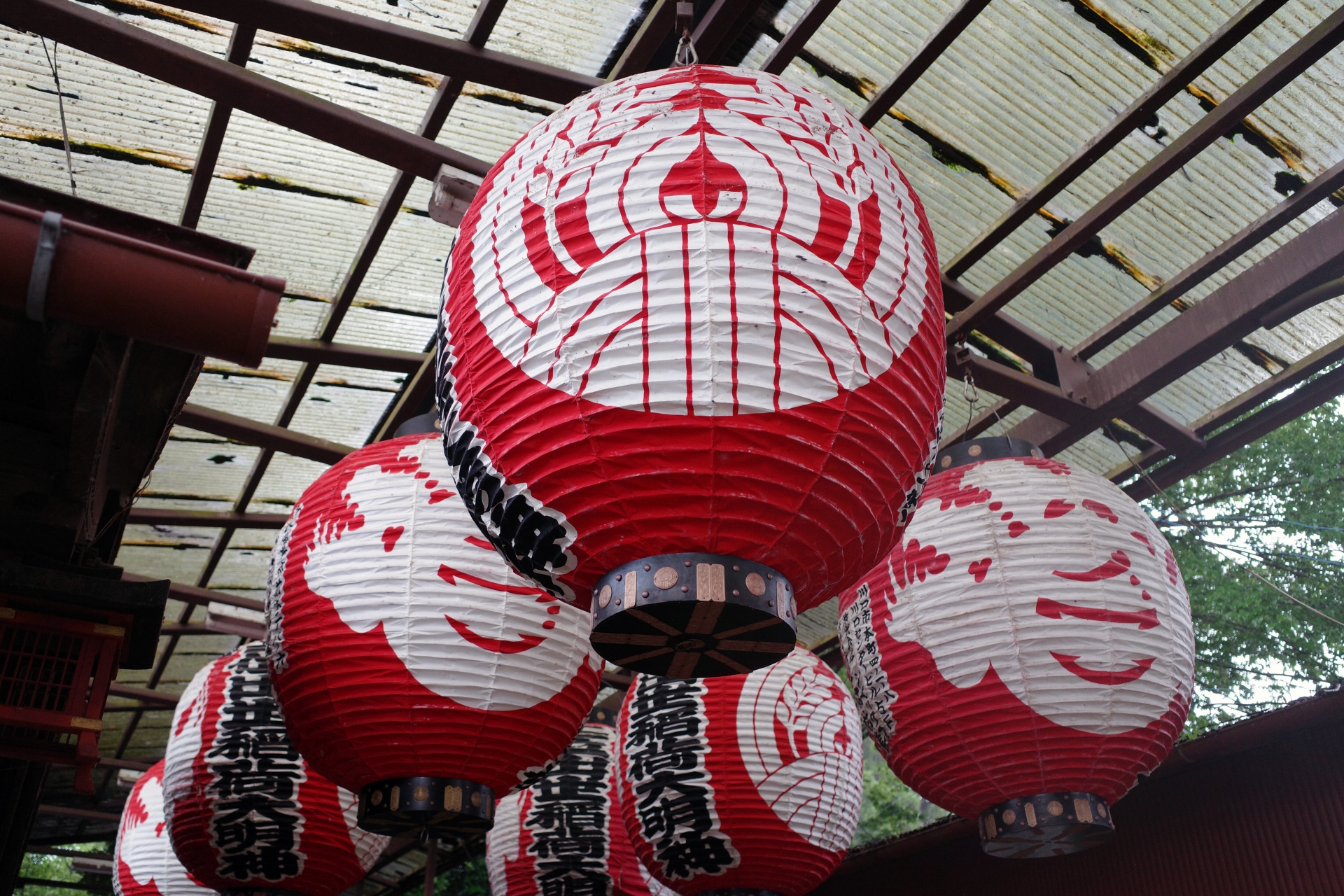
- Origin and history of Naritasan Shusse Inari Shrine
- How is Naritasan Shusse Inari different from other shrines?
- Main festivals and events held at Naritasan Shusse Inari
- Manners and procedures when actually answering the Naritasan Success Inari Shrine
- Benefits of the Naritasan Success Inari Shrine
- Beautiful scenery and attractive places of Naritasan Shusse Inari
- Little-known facts and anecdotes about Naritasan Shusseine
- Little-known information for worrying about crowded times and confusion at Naritasan Shusse Inari
Origin and history of Naritasan Shusse Inari Shrine
Naritasan Shusse Inari is a historical shrine in Japan located in Narita City, Chiba Prefecture, and one of the representative Inari shrines. About its origin and history:
Origin: The origin of Naritasan Shusse Inari dates back to the early Heian period. According to legend, when Kukai (Kobo Daishi) visited Narita on his way back from Tang dynasty, he received a message from the gods and Buddha in a dream and was told to build an Inari shrine here.
History: Naritasan Shusse Inari was built in the early Heian period, so it has a history of over 1200 years.
In particular, Naritasan Shusse Inari Shrine is located in the middle of the “Tokaido” approach that connects Kyoto with Kyoto during the Edo period (now Tokyo), and played an important role as a place visited by many travelers and pilgrims.
Even now, many worshipers visit Naritasan Succession Inari Shrine to pray for various benefits such as health, safety, business prosperity, and traffic safety. In addition, it is known for gorgeous festivals held as local traditional events during New Years, festivals, and specific festivals.
Naritasan Shusse Inari is one of the most prestigious Inari shrines in Japan, and we hope that many people will patronize it as a beautiful shrine surrounded by a scenic natural environment, along with its historical value.

How is Naritasan Shusse Inari different from other shrines?
Naritasan Shusse Inari differs from other shrines in terms of features and special worship objects, such as:
- Close relationship with Toshodai-ji Temple: Naritasan Shusse Inari received an oracle when Kukai (Kobo Daishi) visited Narita on his way back from Tang Dynasty, and the divine spirit of Toshodai-ji Temple (a temple in Nanjing, China). allegedly solicited. For this reason, Naritasan Shusse Inari Shrine is considered to be part of Toshodaiji Temple and has a close relationship with it. It has been.
- Shrines of Inari shrines “Komainu” are enshrined in shrines Komainu usually enshrined usually in Japan safety, business
- Red torii gates and a beautiful natural environment: Red torii gates line the approach to Naritasan Shusseinari Shrine.
- Guardian deity of prosperous business: Naritasan Shusse Inari is famous for praying for prosperous business and traffic safety. Many shops and companies visit the shrine to pray for prosperous business, so it is widely believed to be the god of business matchmaking.
- God who has the power to open up: As you can see from the name “Shusse Inari”, Naritasan Shusse Inari is said to have power related to career and success. Many worshipers come to seek power to achieve their goals in school, work, and life.
Due to these characteristics and special religious objects, Naritasan Shusse Inari Shrine stands out from other shrines and exists as a shrine that is familiar to many people.

Main festivals and events held at Naritasan Shusse Inari
Various festivals and events are held at Naritasan Shusse Inari throughout the year.
- Naritasan Setsubun Mamemaki: This is a Setsubun event held on February 3rd every year. Shinto priests and monks hold a ceremony to throw beans to ward off evil and bring good fortune.
- Naritasan Spring Festival: A spring festival held on the first weekend of April. Many people come to worship at this festival, and the area around the shrine is surrounded by a lively atmosphere. Various events are held, such as Mikoshi togyo and Bugaku dedication.
- Naritasan Autumn Festival: This autumn festival is held on the third weekend of September, and is crowded with worshipers just like the Spring Festival. This period is also characterized by the offering of new rice, which is a poetry of autumn scenery.
- Naritasan Torinoichi: A lucky charm market held every November. Many lucky charms and good luck items are set up, and it is an event that is crowded with worshipers.
- New Year’s New Year’s visit: Hatsumode, held from January 1st to 3rd, is one of the most spectacular events at Naritasan Shusseinari Shrine. Many people come here for New Year’s prayers and enjoy the sacred atmosphere of the New Year.
These festivals and events are held in a modern way while respecting the traditions and beliefs of the region.

Manners and procedures when actually answering the Naritasan Success Inari Shrine
When visiting Naritasan Shusse Inari Shrine, it is important to keep in mind the following manners, procedures, and worship customs:
- Washing hands at the chozuya: It is common practice to wash your hands at the chozuya before visiting a shrine. When cleaning your hands, first rinse your mouth with your left hand, then rinse your mouth with your right hand.
- Worship procedure: When approaching the main hall of a shrine, bow once in front of the torii gate. After that, pass through the torii gate, face the main shrine, put your hands together, and bow deeply. Then, keep your hands together and make a wish in your heart. Finally, bow deeply once more, then turn around and leave.
- Offerings and offerings: It is common to bring offerings when visiting the shrine. Common offerings include sweets, rice, and sake. Some shrines have specific offerings, so it’s a good idea to check in advance. Also, don’t forget to put your money in the offering box when you visit.
- Refrain from music and talking: Shrines are sacred places, so expect loud talking and music when visiting.
- About photography: When taking pictures, be careful when photographing sacred places such as torii gates and shrine buildings.
- Be Respectful to Visitors Around You: It is important to act quietly and respectfully to visitors in your environment, as customs are actions that reflect your personal beliefs and feelings.
By following these etiquette and procedures and purifying your heart and visiting Naritasan Shusse Inari, you will be able to have a more meaningful worship experience.

Benefits of the Naritasan Success Inari Shrine
The Naritasan Succession Inari Shrine is said to bring various blessings, and has a solid belief.
- Prosperity and success: As you can see from the name of Naritasan Succession Inari, it is said that there are benefits related to success and success.
- Benefits for prosperous business: Naritasan Shusseina is also believed to be the god of prosperous business. There are many worshipers wishing for prosperous business and success in business, and many shops and companies participate in business-related auspicious events such as Naritasan Tori no Ichi.
- Benefits for family safety and traffic safety: Many worshipers wish for family safety on the road and protection from accidents. To pray for traffic safety, people buy lucky charms for cars and motorcycles.
- Benefits for academic achievement: It is also common for students and examinees to follow to pray for academic achievement and passing exams.
- Marriage Blessings: Some visitors come to pray for matchmaking and successful marriages. Visitors wishing for success in love and marriage worship Naritasan Shusse Inari as the god of matchmaking.
- Benefits of bringing good fortune: Naritasan Shusse Inari also has benefits that bring wealth that invites good fortune. Worshipers come to pray for happiness and family harmony.
Many people visit Naritasan Shusse Inari because of their faith in seeking these blessings. Naritasan Shusse Inari has a wide range of personal wishes and aspirations, so it is rooted in a variety of beliefs.
Beautiful scenery and attractive places of Naritasan Shusse Inari
Naritasan Shusse Inari Shrine is surrounded by a beautiful natural environment and is attractive to many people. Of particular note are the following:
- Red torii tunnel: There is a beautiful red torii tunnel on the approach to Naritasan Shusse Inari. The tunnel of torii gates creates a powerful yet mysterious atmosphere.
- Naturally beautiful environment: Naritasan Shusse Inari is located in the mountains, so it is surrounded by lush nature. Cherry blossoms are especially proud in spring, and autumn leaves are beautifully colored in autumn.
- Beautiful garden: There is no beautiful garden around the main shrine of the shrine. It incorporates the characteristics of a Japanese garden, with a beautiful pond, stonework, and seasonal flowers. You can take a stroll through the garden and calm your mind.
- Statue of Komatora: At Naritasan Shusse Inari, Komatora is enshrined instead of the Komainu that is usually found at Inari shrines. Koma tiger is a figure and is popular with people who visit the shrine.
- Nearby sightseeing spots: Around Naritasan Shusse Inari, there are tourist spots such as Narita Airport and Shisui Premium Outlets.
The beautiful scenery and attractive points of Naritasan Shusse Inari Shrine are loved by many people because they can enjoy traditional Japanese scenery and the beauty of nature. The atmosphere of Naritasan Shusse Inari, where history and nature merge, is sure to bring a spiritually enriching time to visitors.

Little-known facts and anecdotes about Naritasan Shusseine
There are some lesser-known facts and episodes about Naritasan Shusse Inari.
- Close relationship with Toshodaiji Temple: It is said that Naritasan Shusse Inari invited the spirits of Toshodaiji Temple (a temple in Nanjing, China), and the relationship is very close. Toshodaiji Temple is a famous temple in China, and its history and artistic value are very high. It can be said that Naritasan Shusse Inari has a connection with Toshodaiji Temple, so there are points that should be noted for its historical background and cultural value.
- Mysterious Komainu Statues: The distinctive Komainu statues at Naritasan Shusse Inari are not very common in Japan, unlike the Komainu you see at other shrines and temples. Its origin and meaning are not very clear, so it is known as a mysterious existence.
- Popularity of goshuin (goshuin): At Naritasan Shusse Inari, visitors are given goshuin. Goshuin are given as a proof of worship at shrines and temples, and the goshuin of Naritasan Shusse Inari Shrine is especially popular. Its beautiful design and the special Komatora pattern at Naritasan Shusse Inari Shrine have become an attractive factor for many goshuin collecting enthusiasts.
- Coexistence of Naritasan and Airport: Naritasan Shusseinari is located near Narita International Airport. For this reason, there is a point where you can have a rare experience of being able to visit the shrine while watching the flight stay.
These conclusions and episodes will help you understand the charm of Naritasan Shusse Inari.
Little-known information for worrying about crowded times and confusion at Naritasan Shusse Inari
Naritasan Shusse Inari Shrine is a popular shrine that attracts many worshipers throughout the year, but it tends to be particularly crowded during the following seasons.
- Hatsumode (January 1st to 3rd): Hatsumode is a very popular event in Japan, and Naritasan Shusse Inari attracts many visitors.
- Spring cherry blossom season (March to April): Cherry blossoms bloom in spring around Naritasan Shusseinari Shrine, and many tourists and cherry blossom viewers come to visit. In particular, the cherry blossom season is expected to be in full bloom early, so you can visit the shrine a little early or after the cherry blossoms have started to fall, so you can visit the shrine relatively slowly.
- Autumn foliage season (November): Naritasan Shusseinari has beautiful foliage in autumn, but there are many tourists during the foliage season.
- Weekends and holidays: General weekends and holidays are expected to be hesitant as many people take advantage of the holidays. Try to pay attention to weekdays and early morning hours even on weekdays, and there are times when it is relatively vacant.
As for hidden information, it is easier to avoid discomfort if you choose a time slot in the morning or early afternoon on weekdays. Also, you may be able to visit the shrine in relatively quiet conditions without worrying about the days when certain festivals or events are held.


